Scent makers: Australian perfumers creating niche products
Australian perfumers have been concocting unique fragrances that cater to consumers avid for niche products.
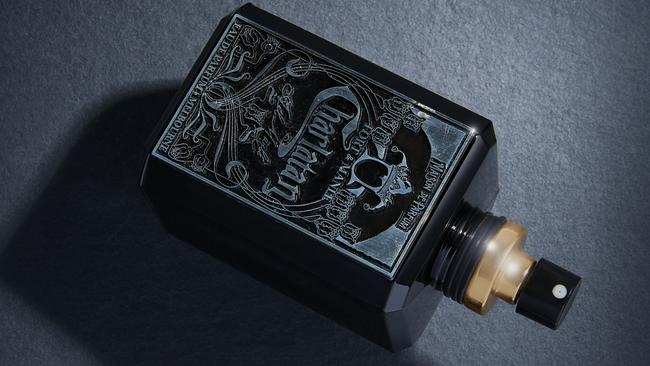
Byredo, Creed, Amouage, Le Labo – chances are most of us are familiar with a fragrance from at least one of these brands. But what about Naomi Goodsir? Criminal Elements? Or maybe Fort & Manlé. While Australian perfumers continually make their mark, winning major international awards and praise from critics, they remain relatively unknown on their home territory. Since 2010, a slowly growing number of Australian perfumers have been earning a reputation for their groundbreaking and award-winning fragrances. Access to rare ingredients and being situated far from the trappings of “tradition” have created the perfect conditions for them to develop as outlier artists.
But this shouldn’t come as a surprise. Australia has long had the opportunity to be among the fragrance epicentres of the world. We are now one of the biggest producers of sandalwood, a prized ingredient sought by major luxury brands such as Chanel, Guerlain and Dior, with massive farms located in Western Australia’s wheatbelt. Boronia, grown in Tasmania, has also begun to find its way into international apothecaries, with perfumers travelling to the Apple Island to see how it is produced, while oudh, the rich, resinous oil used in perfumes from the Middle East and one of the most expensive ingredients in perfumery, is now being harvested in farms in Western Australia and Victoria.
Author and educator Michael Edwards has spent his career coalescing and cataloguing scents from around the world, and has followed the growing presence of perfumers in Australia for several years. “[These small brands are] very brave, courageous and inspiring despite a lack of encouragement from the industry,” he says. “Being ignored by department stores such as David Jones, they not only survive, they’re making waves.”
He believes that the massive success of niche as a category has been enabled by the rise of social media, which has enabled smaller brands to bypass traditional marketing costs and speak directly to consumers. “It’s the new marketing versus the old marketing,” Edwards says. “The old marketing relied on a department store or retailer – ‘Come in and I’ll show you what this new thing is.’ Now with social media, that’s changed.
But to describe as “niche” a sector that, according to a report by Osservatorio Fragranze, had in 2017 taken up 47 per cent of the market feels like an oxymoron. Consumers are clearly seeking out products that speak to them personally, while also broadening the horizons of their experience. “I suppose there is a lot of fascination surrounding [niche perfumery] and people are really open to it,” says Grandiflora founder Saskia Havekes. “They’re looking for something that has that special touch and quality, that has a story and a connection and isn’t something that was cooked up in a boardroom.”
Goldfield & Banks founder Dimitri Weber believes that he and his contemporaries - creators of such brands as Grandiflora, Criminal Elements and Naomi Goodsir – are now perfectly placed to find real support within Australia. Stores just have to take the leap. “Australia is definitely ready to become a serious player in the industry as you can already see in most of the department stores across the country,” he says. “Big spaces with [international] niche brands are already allocated and they are successful mainly thanks to the presence of staff who offer customers a qualitative demonstration and tell the stories of the perfumes with some great insights of their raw materials, designers and inspirations.”
THE EXPLORERS
Goldfield & Banks
Mihan Aromatics
As locals, we can often take Australia’s natural bounty for granted until either someone from the outside points it out or we find ourselves missing what we’ve lost. Such is the case with Australian perfume brands Goldfield & Banks and Mihan Aromatics. Both celebrate the Australian landscape: for the former, it’s to be found in the abundance of flora it yields; and for the latter, it’s in the memories of how that same landscape exists around the periphery of our modern experience, right down to the smell of a hot car bonnet in summer.
“[This sense of] nostalgia was most definitely a driving force behind Mihan Aromatics,” says Julia Brown, who co-founded the brand with her partner, Josh Mihan, in 2017. “We attempted to encapsulate places in Melbourne that we were dearly missing while living and working in London. After much research into the mysterious perfume world, we both decided that it was important to create an androgynous line that represented the minimal style of Melbourne and hero Australian native botanicals.”
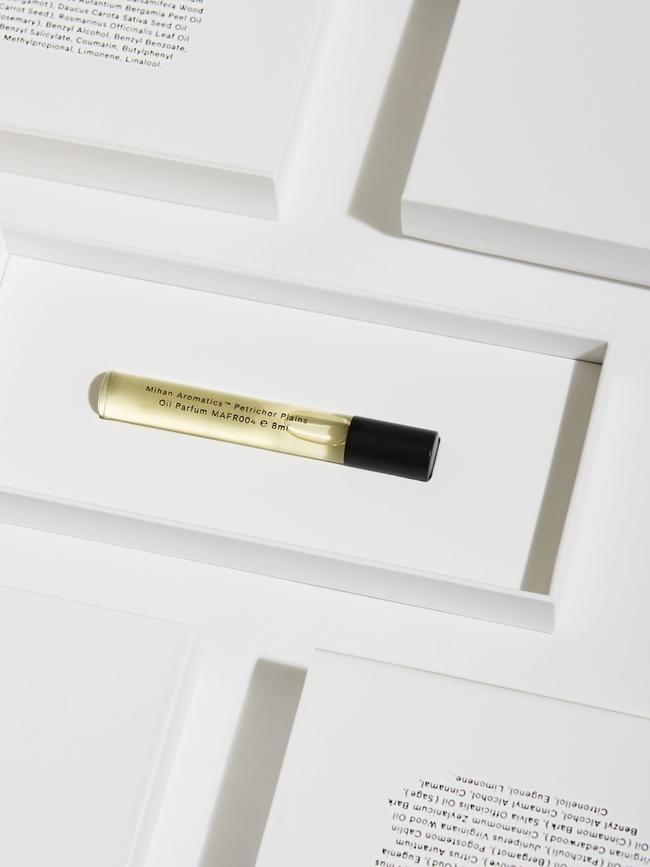
For Weber, the idea for Goldfield & Banks started when he first visited Australia back in 2013 after taking up a role with the local arm of a global luxury cosmetics importer. On arriving, the Belgian Frenchman found himself in the grip of two polarising responses: immediately falling in love with the country and its vibrant landscape; and shock that Australian-owned or made fragrances either didn’t exist or weren’t stocked in the major department stores: “I was blown away by the fact that the country had not one single luxury perfume brand celebrating the extraordinary beauty of Australia and its botanical richness.”
Having made his career working in fragrance marketing and production for some of the leading brands across Europe, Weber instantly spied a gap in the market that he knew he could take with him to an international clientele that wanted to experience a fragrance that wasn’t a reiteration of the (literal) garden-variety florals or woods that dominate the commercial space. “Australian fashion and cosmetics were starting to be very much on trend,” says Weber. “So I felt the need to contribute by creating the country’s first premium fragrance label, using unknown Australian ingredients in perfumes combined with a French methodology in crafting.”
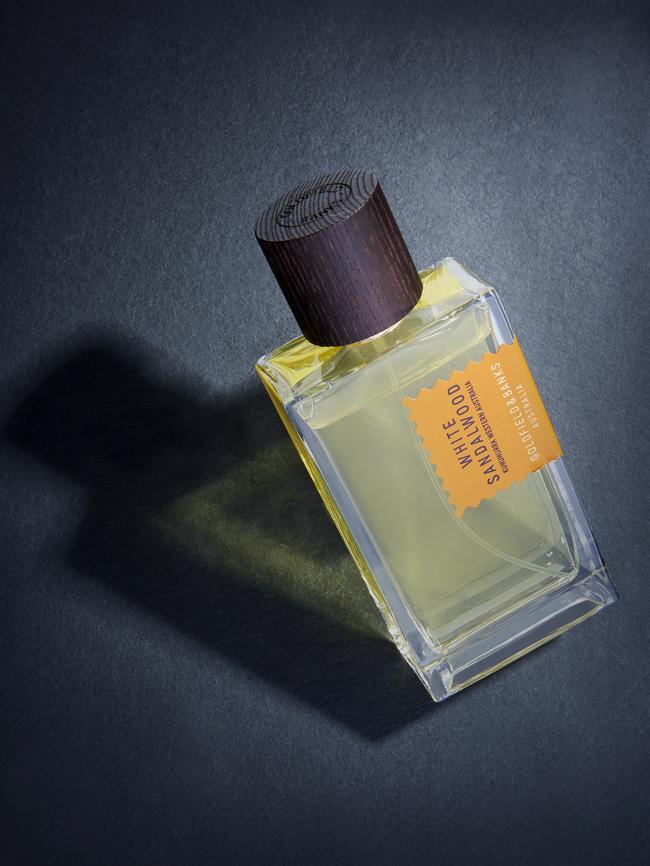
According to Brown, Australia’s isolation and distance from the traditional centres of perfumery such as Grasse and Florence has contributed to the aura of exoticism that surrounds the kinds of perfumes Australian brands are creating. “[We’re] very proud to sit alongside Australian perfume houses like Goldfield & Banks, Map of the Heart [and] Grandiflora,” she tells WISH. “Collectively we are turning heads internationally for using high-quality ingredients, upholding strong partnerships with local manufactures, showcasing Australian botanicals. Being able to create a parfum oil range using Kakadu plum seed oil from the Kimberly has excited our customers, as they can smell phenomenal while also moisturising their skin and getting their daily dose of antioxidants and Vitamin C.”
The ingredients used in Weber’s six fragrances read like an olfactory holiday across the continent: native moss from the NSW South Coast, Australian finger lime, wattle from the Flinders Ranges and Buddha Wood from the Central Highlands of Victoria. “Very often during my career in Europe I have been asked if I wanted to create my own brand but didn’t feel very inspired, as there is already so much on the market in France. [But here], inspired by a place like Byron Bay, Port Douglas, the Kimberleys etcetera... Australia is so diverse and each one of these wonderful places have local fruits, plants, wood species and exotic flowers.”
For Brown and her partner, it was as simple as looking no further than their own backyard. “The inspiration behind Series One was our nostalgia over hanging out in our favourite parks, sunbaking at city pools and the beach, and opulent nights out. Sienna Brume is our representation of sunbaking on the steps of Fitzroy pool, drinking a cheeky gin and tonic with friends while flicking a magazine and people watching. For Series Two, we were inspired by the Australian landscape, energy and natural phenomena. Who is not enchanted by the smell of rain after a long hot summer’s day? Petrichor Plains is our representation of the first drops of rain that bring such relief and rejuvenation to the soul.”
THE SCENTUALISTS
Grandiflora
Aesop
Fort and Manle
You’d be hard pressed to find someone who wants to smell bad. Or to put it another way, we all want to smell appealing. Even if that just means soap, water and a blast of deodorant.
Fragrance, it can then be argued, is the ultimate accessory. A scentual one that, while invisible, can often have a bigger impact on people than the state of your suit or your choice of shoe. This is why Aesop, famously known for its aesthetically considered skincare, is intimately aware that one of the biggest appeals of the brand is its aromatic presence.
With four fragrances currently in its line-up, including its latest release, Rozu, created by perfumer Barnabé Fillion, Aesop’s approach has been to create fragrances that are deliciously tactile while serving a purpose. “Fragrance has always been something that Aesop has been known for and something that inspires us,” says Dr Kate Fobes, Aesop’s global head of innovation.
For example, its earliest perfume, Marrakech, is a spicy dive into Morrocan culture, from the food to the souks that invigorate the senses. In contrast, Hwyl, inspired by the stillness of Japanese forests, carves a meditative space. The newest, Rozu, is a paradox: a rose-heavy scent with a crisp woodiness that reflects the modernist design and architecture of Charlotte Perriand, the inspiration behind the perfume.
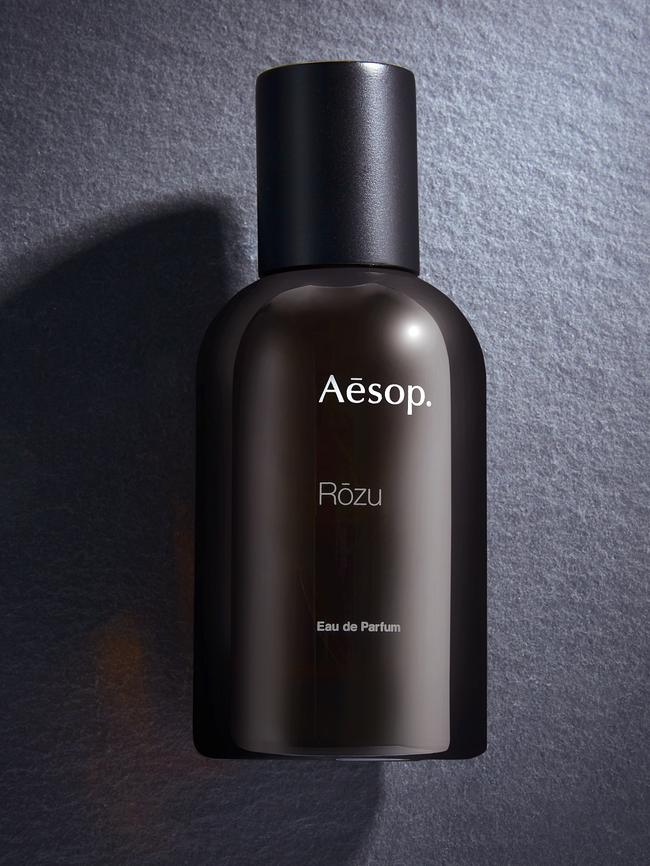
“While Aesop spaces are known for their scents, when formulating products our priority is efficacy, and we select essential oils and other ingredients for the benefits they deliver to the skin and hair. Each ingredient must serve a purpose, otherwise it is not used. The resulting aromas in Aesop formulations are an additional sensory pleasure. For individuals, scent can be powerfully linked to memories and can transport us to different times.”
This connection to history is the modus operandi of Melbourne outfit Fort & Manlé, founded by Rasei Fort in 2016. Smelling a Fort and Manlé creation is like travelling back in time to perfume’s luxurious heyday, before the ’90s scrubbed all the complexities out of perfumery and international regulations forced the removal of volatile ingredients. “My grandmother used to distill rose back in her hometown in Cypress,” says Fort. “I’ve always been into smells, since I was a kid, but I never saw myself making perfume; it just happened organically. During a trip to Saudi Arabia about 13 years ago, I fell in love with the attars they make there and I was mesmerised by them. I got it into my head to import these kinds of rich oils here to Australia.”
While this initial venture didn’t quite take off, it did push Fort in the right direction. He began researching how to make his own perfumes (“I’m entirely self taught and make my fragrances here at my house, including the bottling and packaging”), and it wasn’t long before he decided it was time to bottle what he’d learnt. “A friend ordered the oils for me – he did ask, ‘do you really think you can do this?’ and I said yes – and I started with just a small amount of these materials.”
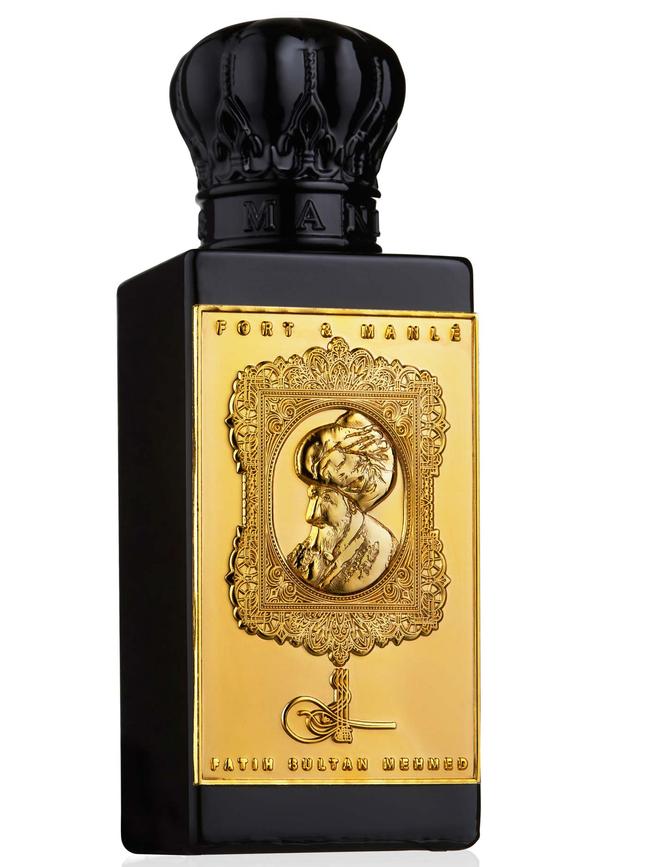
Fort’s first creation was called Mr. Bojnokopff’s Purple Hat, a lavender and chocolate bombshell that smells almost edible. But it was his Fatih Sultan Mehmed that caught the attention of critics around the world and was shortlisted at the 2017 Art and Olfactory Awards. Maybe more than any of Fort’s other perfumes, Fatih Sultan Mehmed is a nod to his Turkish ancestry – a chypre for men that carries bright notes of apple and petitgrain and wallops of Damascan rose, underpinned by a vetiver-driven incense note.
Despite his own international connections, Fort believes Australia’s isolation has definitely been a boon for his own creations. “That’s one of the things I think has led to my success, that I’m not restricted by any rules – or even knowing the rules!” he explains. “Sometimes it works out for the best, because by breaking the rules you can discover things other people may never think of doing.”
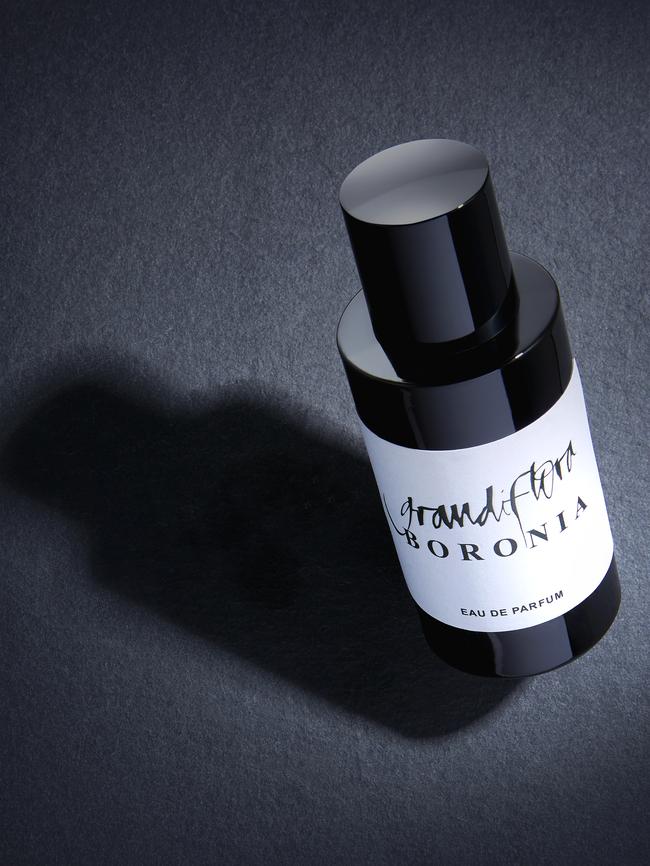
Sydney-based florist Saskia Havekes jokes that her naivety about the perfume industry was most likely her greatest asset. She was determined to bottle and share her love for one particular flower that has been at the centre of her work, Grandiflora, for more than 20 years: magnolia grandiflora. “[The magnolia] has been my muse, my favourite flower and even brand identity for a long time and I wanted to capture this scent in a bottle,” she says. “When I first started I was very innocent about the process. But I had a dream and I just really wanted to bottle that particular flower because I am so obsessed by it. It’s such a transient flower, and I’ve been brave enough to work with it and I wanted to push the scent even further.” (For those who have never got close enough to smell a magnolia flower, its fragrance – to this author at least – is a combination of fizzy lemonade and sweet rubber.)
But despite her naivety, or maybe because of the courage that often goes with it, Havekes found herself working with some of the world’s most innovative and respected perfumers: the late Sandrine Videault (introduced to her by Michael Edwards) and Michel Roudnitska, son of the legendary Edmond Roudnitska, responsible for Diorella and Eau Sauvage, who created two versions of her beloved magnolia scent; the brilliant Bertrand Duchaufour; and most recently the wildly creative Christophe Laudamiel, who has created an anniversary perfume that recalls the inside of Havekes’ shop in Sydney’s Potts Point, right down to the rich scent of soil.
Havekes says an interest in Australian talent and botanicals has been piqued internationally, as consumers continue to look for unique creations or expressions. “I think there is a real hunger for [Australian-made perfume] because we are so weird and remote and we have so many bizarre plants, not to mention the quality of ingredients. There’s a real purity to who we are and what we have to offer.”
THE ARTISANS
Map of the Heart
Naomi Goodsir
Criminal Elements
Artistic endeavour often encourages a cross-pollination of mediums and the creation of a fragrance, it seems, is no exception. For filmmakers Sarah Blair and Jeffrey Darling, the co-founders of Sydney-based Map of the Heart, having already worked with sight and sound meant that smell was the next obvious step. “[Making perfume] was a way of exploring emotion and expanding our vocabulary from writing and filmmaking,” Blair says. “We are totally fascinated by the way scent has a very immediate way of transporting you to a time, place or feeling.”
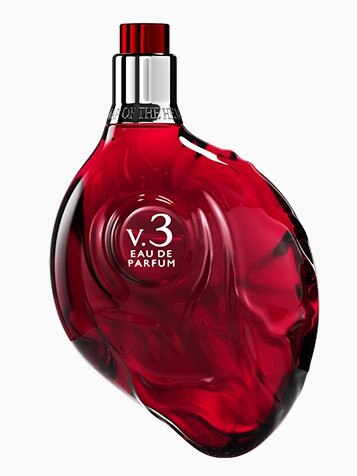
Paris-based milliner Naomi Goodsir echoes this sentiment. Her perfumes, she explains, are an extension of her work in fashion. “Perfume has to reflect a unique and personal universe,” she tells WISH. “They are an extension of my creative world of millinery, bags and body accoutrements. After all, perfume can be viewed as an invisible fragrant accessory.”
It’s impossible to miss the theatricality of Blair and Darling’s celluloid past, or the gothic plushness that drives the work of Goodsir. Map of the Heart’s bottle, designed by Pierre Dinand, resembles an anatomical heart; the highly produced visuals that read like a cinematic mood board would have been considered an anomaly in niche perfumery, which is usually characterised by simplicity of bottle and little marketing. Goodsir’s parfums capture specific aesthetics: a church, a plastic made famous in the 1920s (which also won her first prize in the Independent Category at the 2018 Art and Olfaction Awards), and a cold pipe (specifically, a pipe in a painting by Eugene Delacroix).
“Our perfumes are formulated around an emblematic raw material such as incense, leather, tobacco, iris and tuberose,” explains Goodsir. “Sometimes there’s a true history involved, but other times the simple expression of a material is enough to give the direction for a composition. At times there’s a visual we share, a personal story or a strong path we wish to take. It involves a lot of discussions with our perfumer – expressing how we feel when we smell their compositions.”
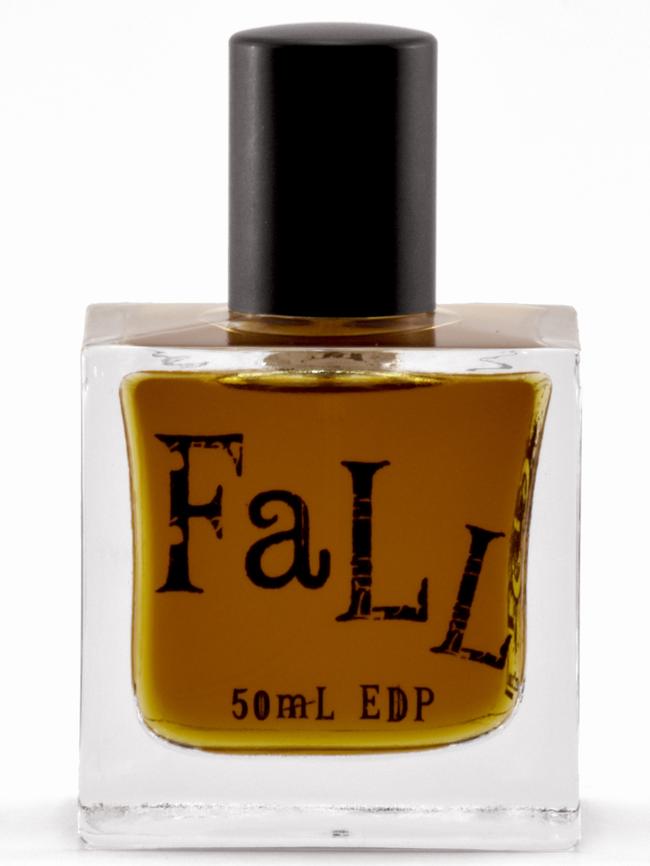
But it’s an art that also requires a scientific precision to bring to fruition. Adelaide-based Corey Newcombe, who founded his brand Criminal Elements while living out of a bus in rural Victoria, studied to be a science teacher. But on finishing his degree he packed up and went bush. There, during a time of isolation collecting rainwater, growing his own pumpkins and bartering his labour with the locals, he discovered a passion for fragrance.
“I’ve always had a strong desire to be independent, and being financially independent is an extension of that,” says Newcombe. “I also love creating and tinkering, and I get bored easily, so starting a perfume house was a borderline insane hobby that kept me interested for far longer than I expected.” The name Criminal Elements was a tongue-in-cheek joke at the expense of the townsfolk, who, according to Newcombe, when he first arrived thought he was running a meth lab out of his bus, à la Breaking Bad. This sense of humour is carried over into the fragrances. His 2015 release, Hollow, marries the scent of wet earth with the sharpness of blackcurrant and juniper to create a crisp, surreal chypre. A fan favourite, Tobacco Jam, sets up a hilariously jarring chiaroscuro between the sweet earthiness of tobacco and the sticky tartness of raspberry. It’s ludicrous and shouldn’t work, but it does, and it has a lot of fun in the process. Newcombe’s 2019 fragrance, Fall, is a salubrious, spicy gourmand that was a finalist in the 2020 Art and Olfaction Awards.
Despite this success, Newcombe still makes his own fragrances in small batches of limited numbers. Punters chasing a particular scent often find themselves having to wait for the next round of releases to get their hands on their favourites. But this, according to Newcombe, is all part of the artistic experience. “The search for a more intimate connection to the product or artist leads to the discovery of niche, where often there is a greater emphasis on exclusivity, originality and quality,” he says. “Designer and mass-market fragrances, which have an uninspiring ‘sameness’, now seem to have less appeal to the average consumer as they seek more novel, organic and natural experiences, which niche provides. I think Australia has proven it can be a major player in sport, science and the arts. Perfume is simply olfactory art.”

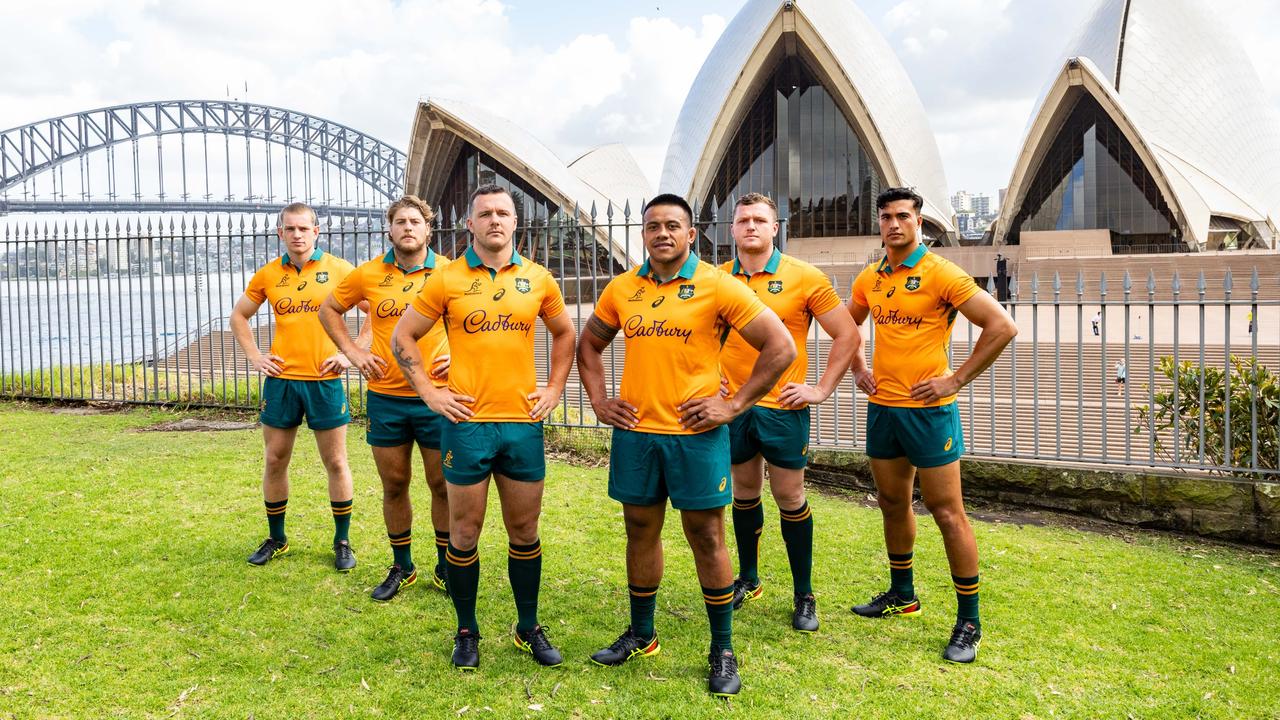
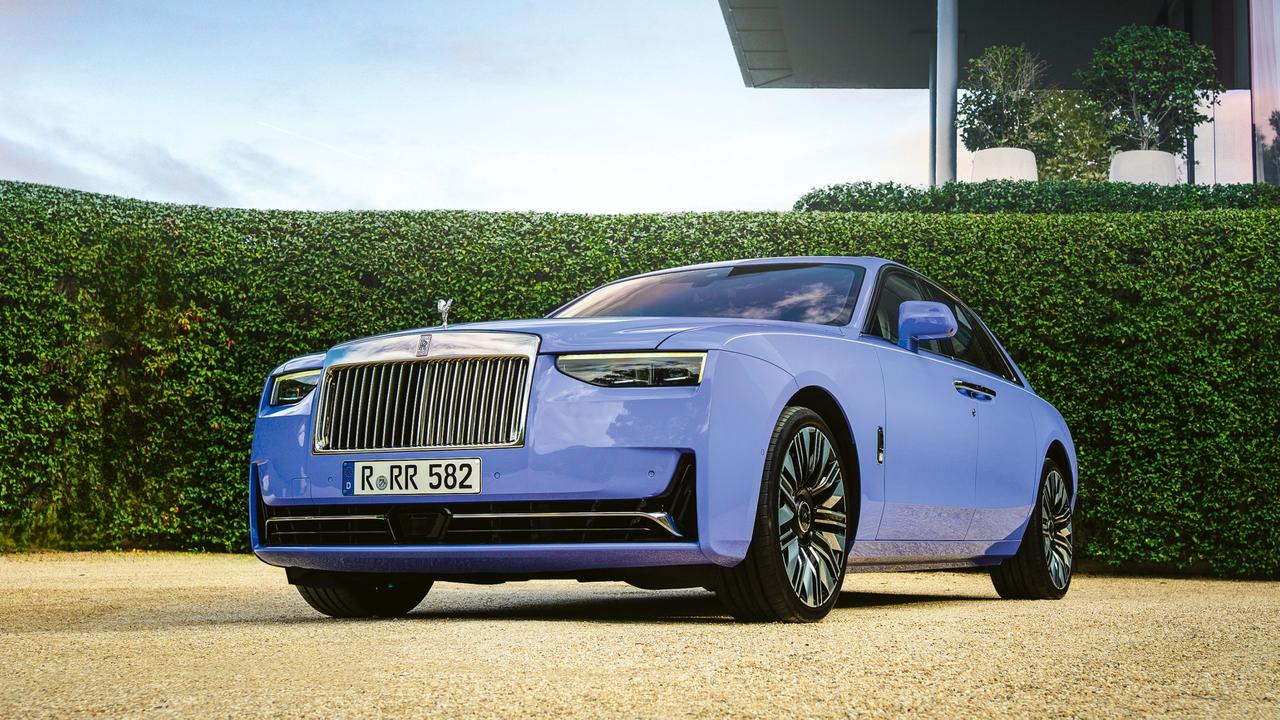
To join the conversation, please log in. Don't have an account? Register
Join the conversation, you are commenting as Logout